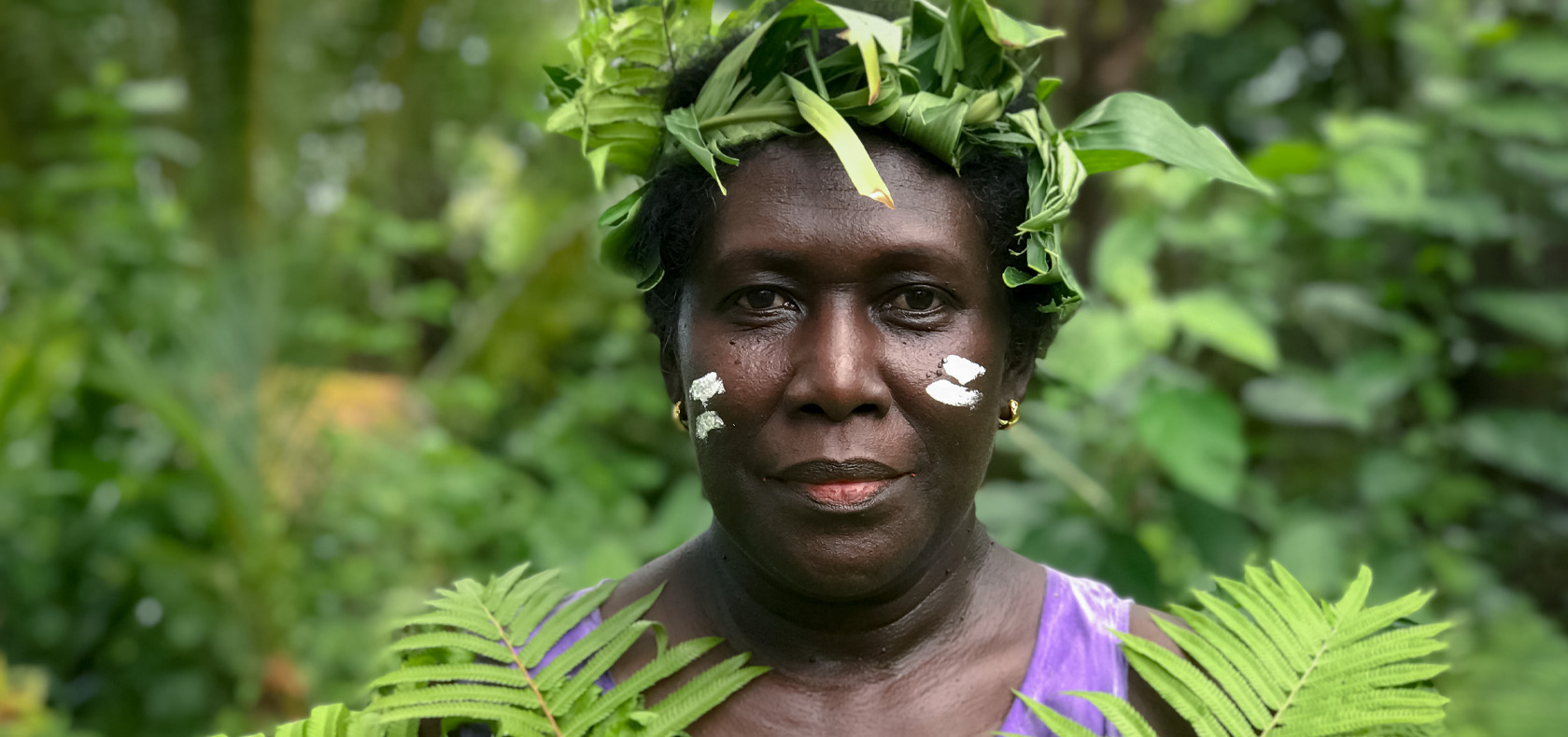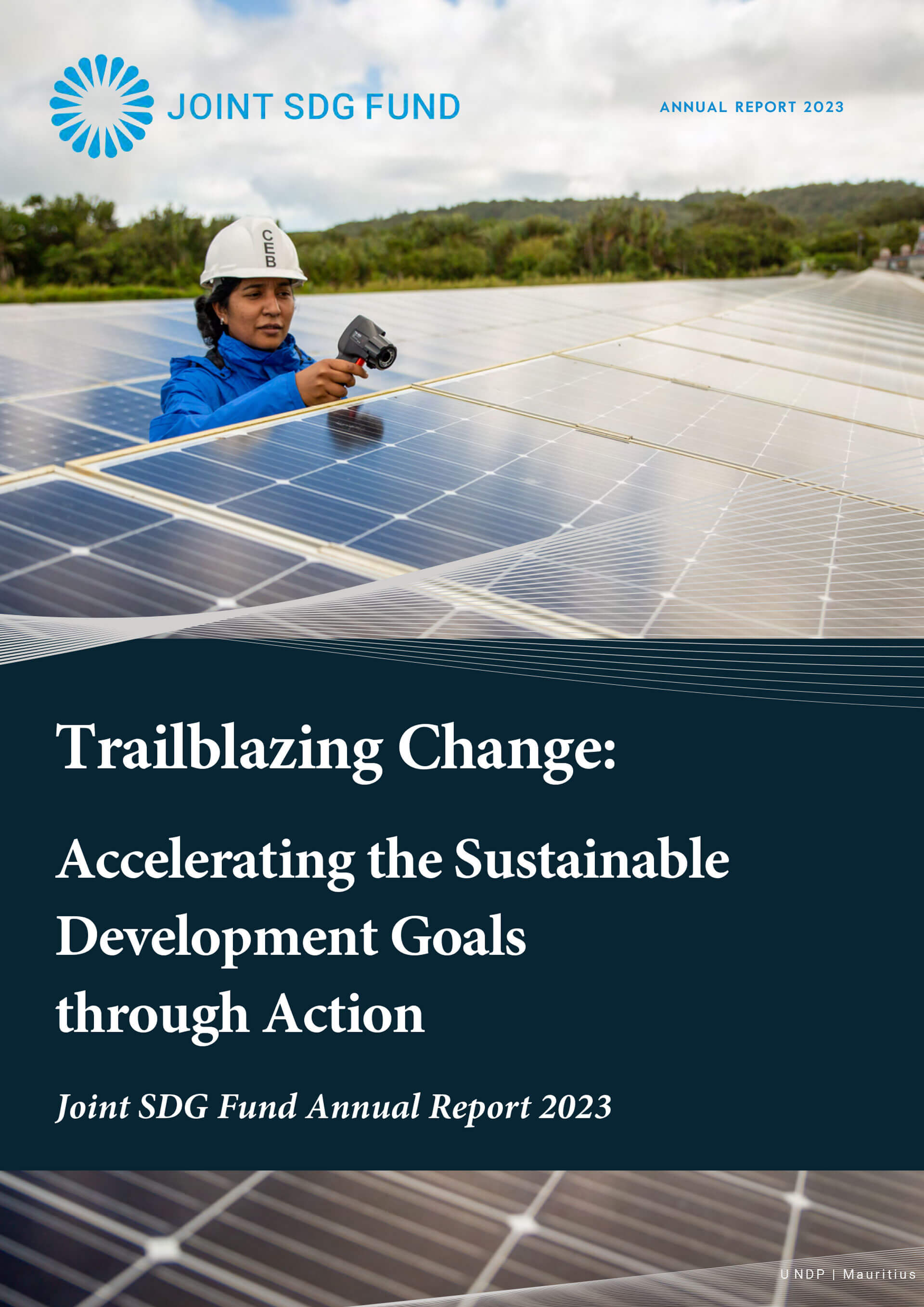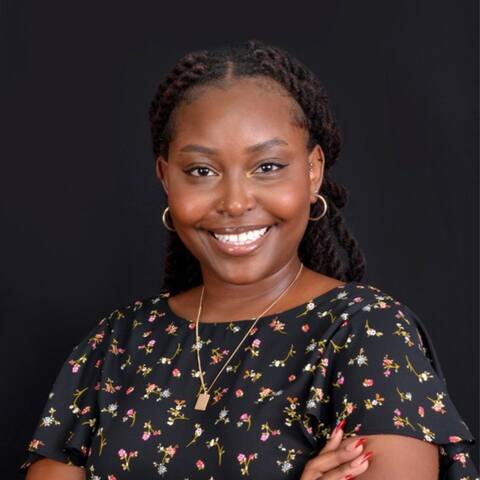The UN Declaration on the Rights of Indigenous Peoples does not include a definition of indigenous peoples (United Nations). According to the UN, the most fruitful approach is to identify, rather than define indigenous peoples. This is based on the fundamental criterion of self-identification as underlined in a number of human rights documents (United Nations Permanent Forum on Indigenous Issues).
There are over 476 million indigenous people living in 90 countries across the world, accounting for 6.2 per cent of the global population. Of those, there are more than 5,000 distinct groups (United Nations). As for women, there are approximately 185 million Indigenous Women in the world, belonging to more than 5,000 different Indigenous Peoples (IWGIA, 2019). Indigenous women are the backbone of their communities, and they play a crucial role in food security, conserving the environment- preventing biodiversity loss, knowledge keepers, leaders, and human rights defenders amongst other important roles.
Despite their key contributions, they often face high levels of discrimination, are over-represented in poverty levels, have low literacy levels, lack access to health care, basic sanitation, credit and employment, are barred from opportunities for political participation, and experience high levels of domestic and sexual violence (EU External Action, 2022). They are the marginalised and forgotten of society.

In September 2015, UN Member States adopted the 2030 Agenda for Sustainable Development and its 17 global Sustainable Development Goals (SDGs). The Agenda puts the imperative to “Leave No One Behind (LNOB)” at the centre. LNOB entails reaching the most disadvantaged and marginalised groups in society and affecting real and lasting changes by combating discrimination and rising inequalities within and amongst countries. Leaving no one behind requires the transformation of deeply rooted systems, whether they be economic, social, or political structures, from the local to global levels (United Nations Sustainable Development Group, 2022). The Joint SDG Fund takes a “whole-of-society” approach to ensure its investment strategy is based on driving transformation and delivering solutions that accelerate SDG progress. In practice, this has been achieved by unlocking systemic policy shifts that improve the situation of the most vulnerable and making a significant impact on social protection systems, such as childcare, employment, social cohesion, healthcare, education, and pension systems.
Within this LNOB policy, the Fund has specifically targeted indigenous women in their programmes. For instance, the joint programme in Mexico focused on empowering indigenous women by extending social protection through the establishment of a national care system. In Oaxaca and Jalisco, two states in Mexico, enhanced social protection in the agricultural sector benefitted over 35,000 women. Costa Rica's joint programme fostered economic autonomy for women, particularly those from indigenous communities, through the innovative "Hecho por Mujeres" e-commerce platform. In the Republic of Congo, capacity-building and advocacy efforts have promoted indigenous participation in decision-making, especially concerning social protection programmes. These initiatives have prioritised essential services such as healthcare and education, with the programme reaching 80 per cent of indigenous women's groups. These examples highlight the Fund's holistic approach towards achieving the LNOB agenda by empowering women economically and addressing barriers like limited access to education and healthcare.

To conclude, programmes under Joint SDG Fund exemplify a promising shift towards inclusivity, targeting Indigenous women specifically and implementing programmes that prioritise their empowerment. Through interventions focused on social protection, economic autonomy, and capacity development, Indigenous women are gaining the tools to break the cycle of poverty and marginalisation. Success stories from around the world demonstrate the transformative potential of these holistic approaches, offering pathways to sustainable development and social justice. Ultimately, achieving the goal of leaving no one behind requires concerted efforts to dismantle entrenched inequalities and honour the rights and dignity of all individuals, particularly those who have been historically marginalised.
Sources
- https://www.un.org/esa/socdev/unpfii/documents/5session_factsheet1.pdf
- https://www.un.org/en/fight-racism/vulnerable-groups/indigenous-peoples
- https://www.worldbank.org/en/topic/indigenouspeoples#1
- https://iwgia.org/en/defending-the-rights-of-indigenous-women/3669-iw-2019-csw.html
- https://www.eeas.europa.eu/eeas/indigenous-women-heartbeat-keeps-ancestral-communities-alive_en
- https://unsdg.un.org/download/5578/685
Note:
All joint programs of the Joint SDG Fund are led by UN Resident Coordinators and implemented by the agencies, funds and programmes of the United Nations development system. With sincere appreciation for the contributions from the European Union and Governments of Belgium, Denmark, Germany, Ireland, Italy, Luxembourg, Monaco, The Netherlands, Norway, Portugal, Republic of Korea, Saudi Arabia, Spain, Sweden, Switzerland and our private sector funding partners, for a transformative movement towards achieving the SDGs by 2030.




















